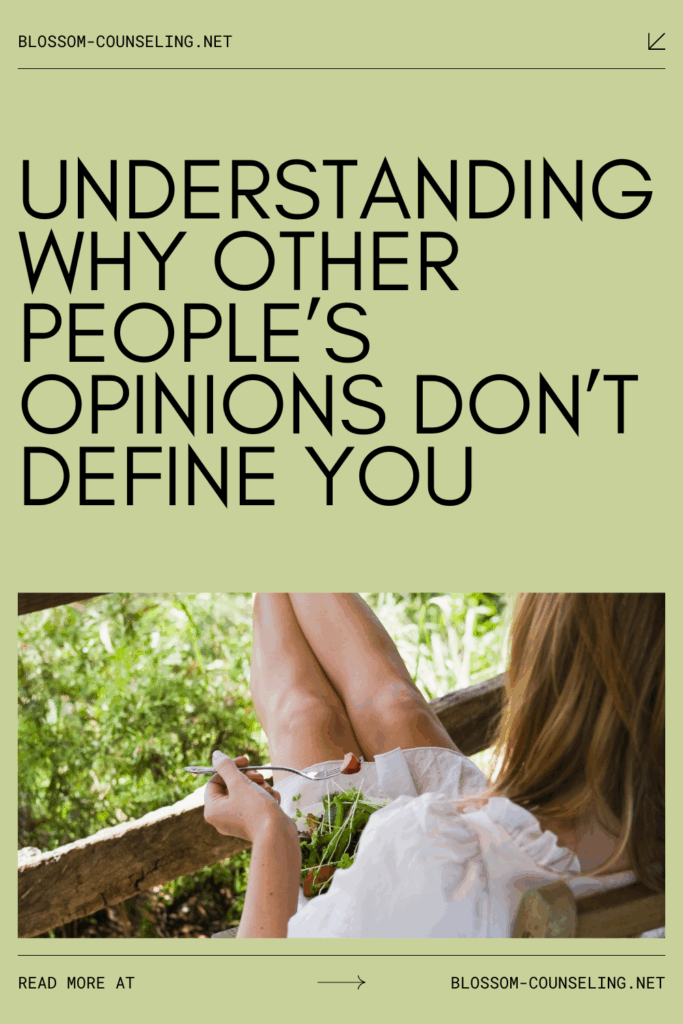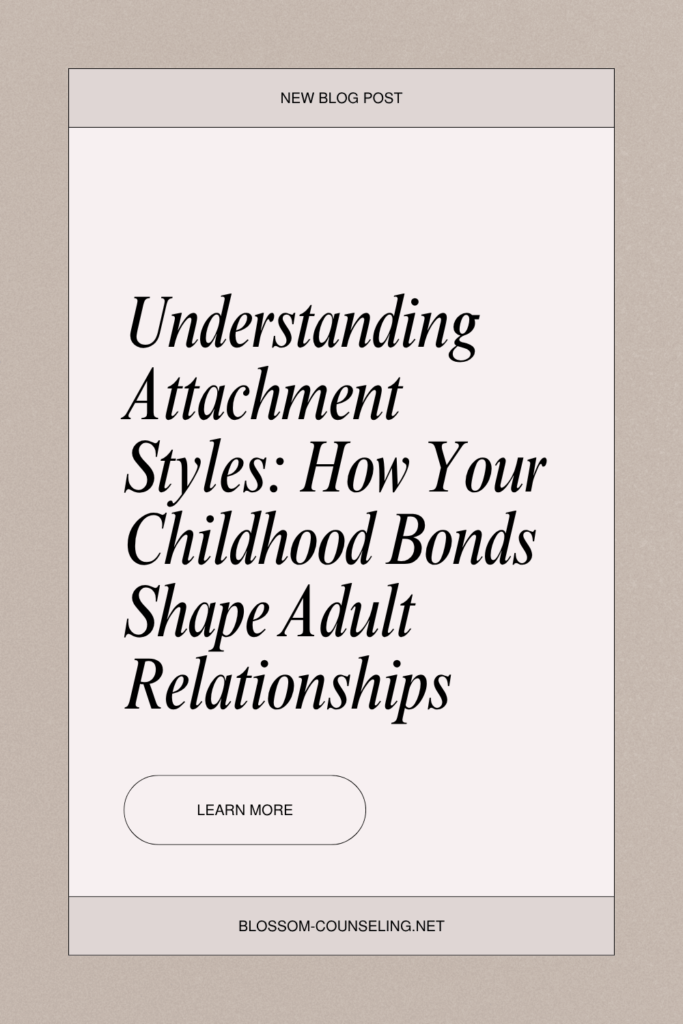
When we hear the word “detachment,” it often gets a bad rap. It conjures images of being cold, aloof, or indifferent. But what if detachment didn’t mean cutting off your feelings? What if it was about staying compassionate without letting someone else’s emotions or behaviors consume you?
Balancing detachment with care is one of the healthiest ways to maintain strong relationships, whether with a partner, a family member, or even a coworker. It’s about finding a middle ground where you can care deeply about someone while keeping your emotional boundaries intact. Think of it as holding space for someone without holding onto their emotional baggage.
What Does Healthy Detachment Look Like?
Healthy detachment isn’t about shutting down or walking away. It’s about recognizing where you end and the other person begins. It’s about showing up with love, empathy, and support while resisting the urge to fix, control, or absorb someone else’s struggles.
Here’s an analogy: Imagine someone you care about is caught in a storm. Detachment means holding the umbrella for them but knowing you can’t stop the rain. You’re present, supportive, and caring, but you also know their storm isn’t your storm.
Why Detachment Matters for Your Mental Health
Without detachment, it’s easy to get swept up in other people’s emotional waves. Over time, this can lead to burnout, resentment, or even codependency. Caring too much—when it’s paired with a lack of boundaries—can blur the lines between helping someone and losing yourself in the process.
Detachment doesn’t mean you stop caring; it means you stop over-caring. It’s a way to preserve your energy so you can show up for others in a sustainable, authentic way.
How to Practice Detachment While Staying Compassionate
- Set Emotional Boundaries
You can’t pour from an empty cup. Healthy detachment starts with defining what you are and aren’t responsible for. For example, you’re not responsible for someone else’s choices or happiness, but you can offer support and understanding. - Cultivate Mindful Awareness
Notice when you start to internalize someone else’s emotions. Are you feeling anxious because they’re anxious? Sad because they’re sad? Practicing mindfulness can help you stay grounded in your own emotional reality instead of mirroring theirs. - Let Go of the Fix-It Mentality
It’s tempting to jump into problem-solving mode, especially when someone you care about is struggling. But remember: You can offer advice or guidance, but it’s not your job to “fix” them. Sometimes the most caring thing you can do is simply listen. - Focus on Your Values
Ask yourself: “What kind of person do I want to be in this relationship?” Often, the answer involves showing kindness, patience, and support—but it doesn’t mean sacrificing your well-being in the process. - Practice Self-Compassion
Caring deeply about others is a beautiful quality, but it can also feel heavy. Remind yourself that it’s okay to take a step back when you need to recharge. Caring for yourself is not selfish—it’s necessary.
A Compassionate Detachment Mindset
The key to compassionate detachment is holding space for both empathy and boundaries. It’s about reminding yourself that you can love someone without carrying their burdens, that you can be present without losing yourself. This mindset not only strengthens your relationships but also preserves your own mental health.
Detachment isn’t the absence of care—it’s the presence of balance. And in that balance, both you and the people you care about can thrive.




